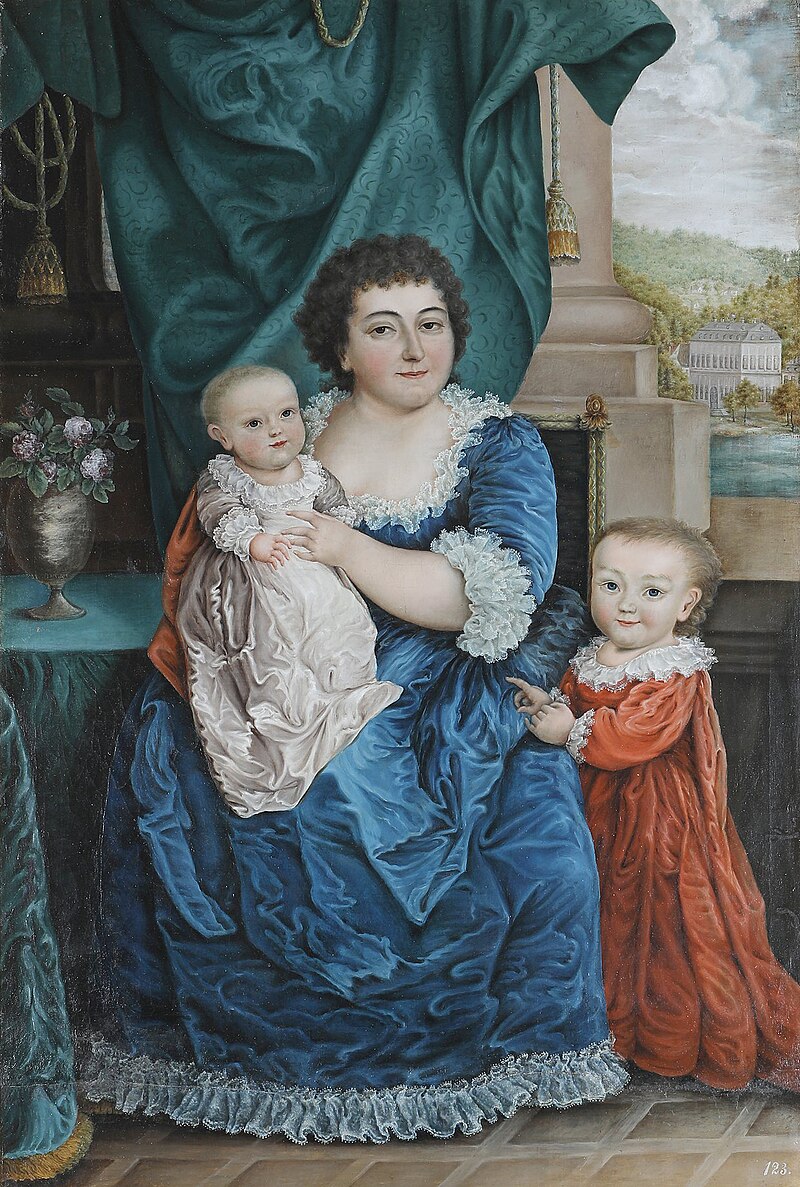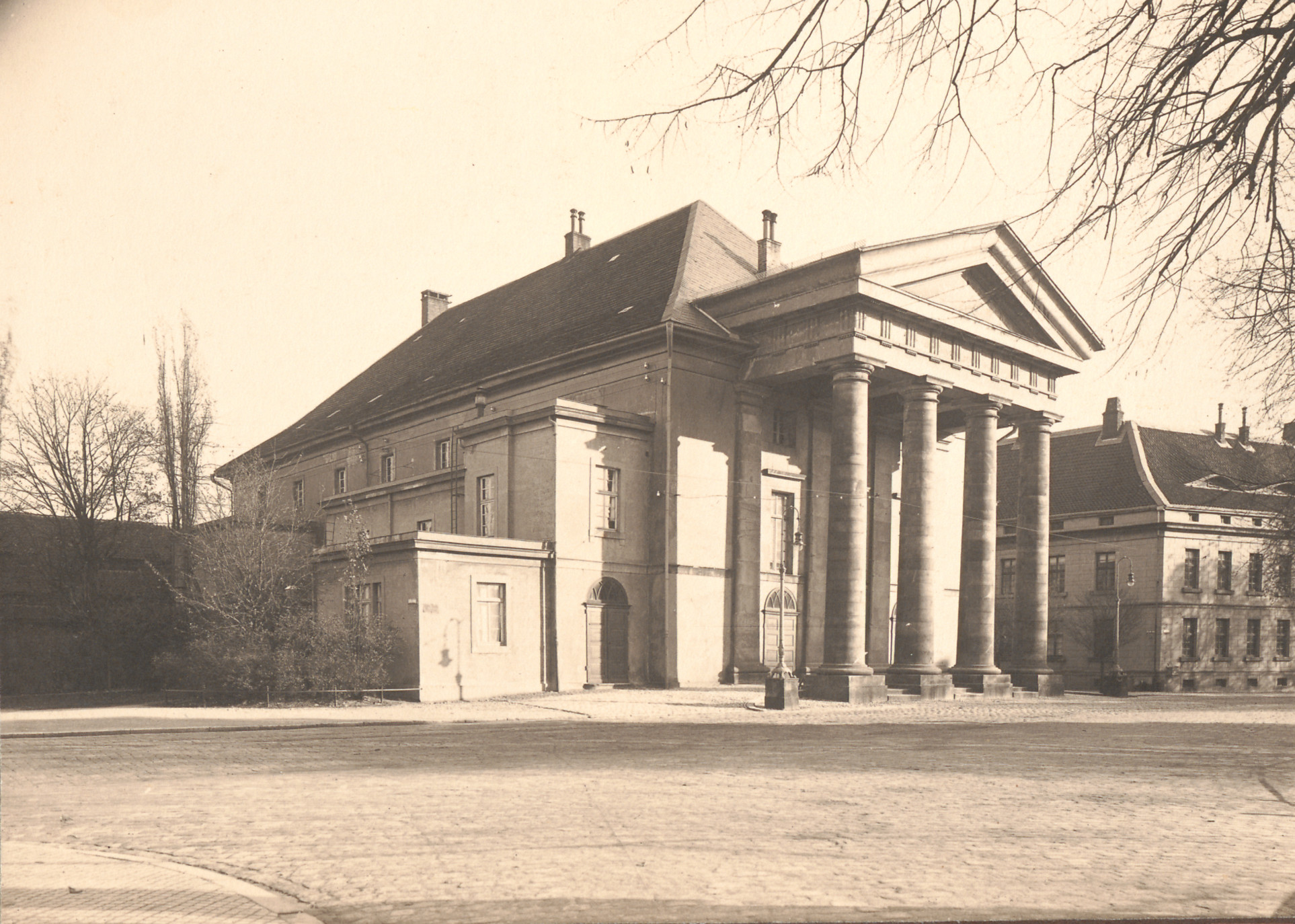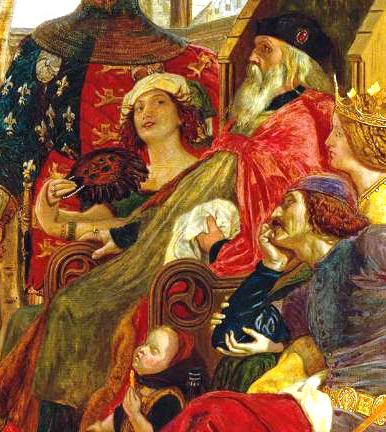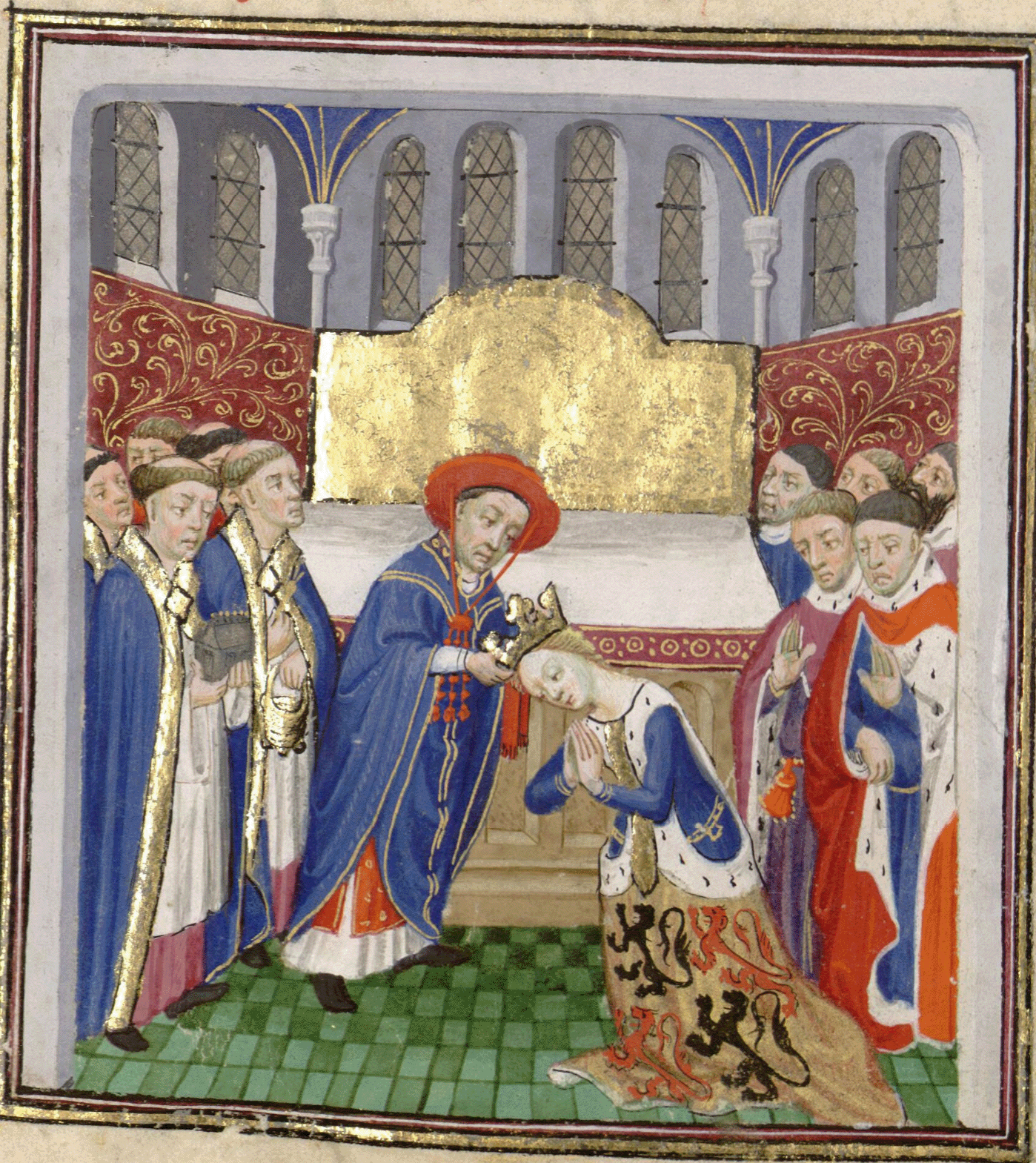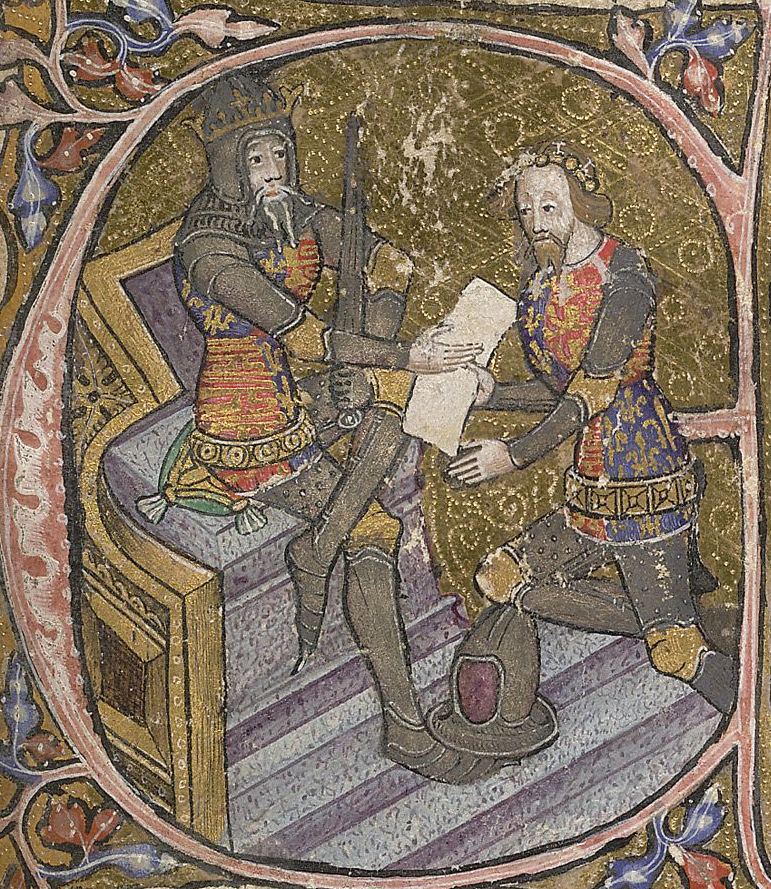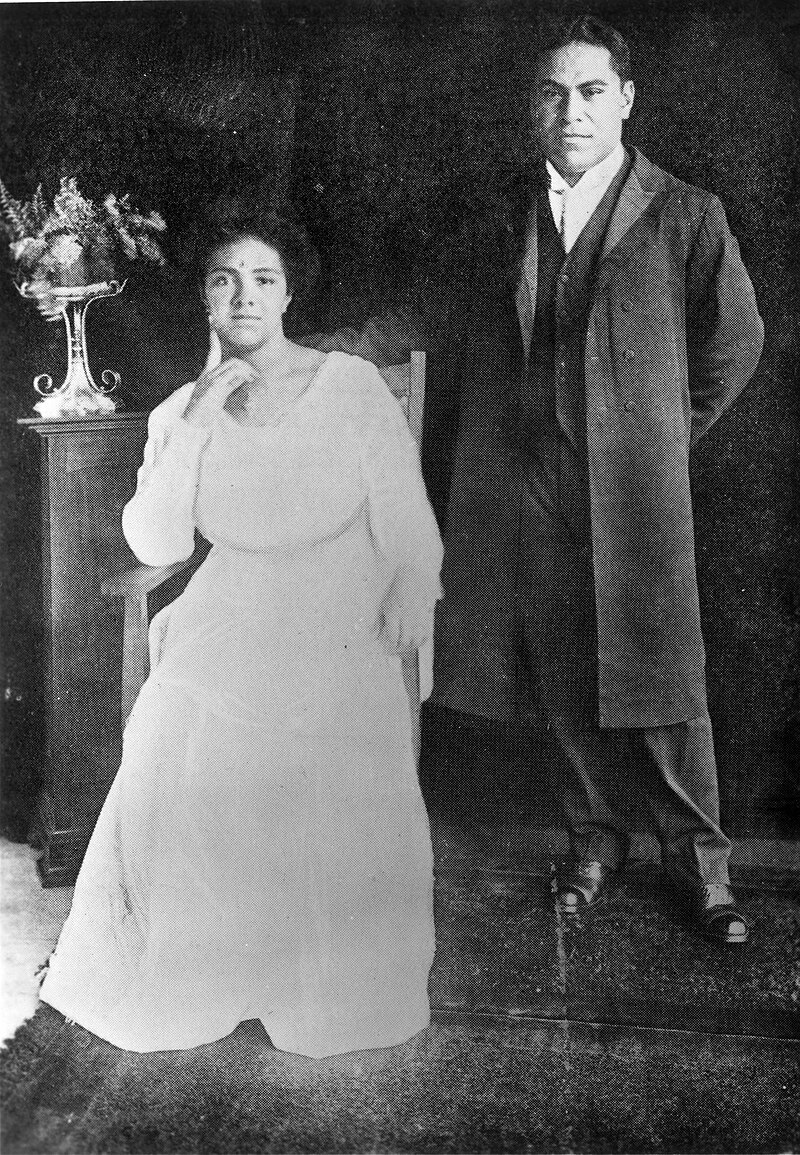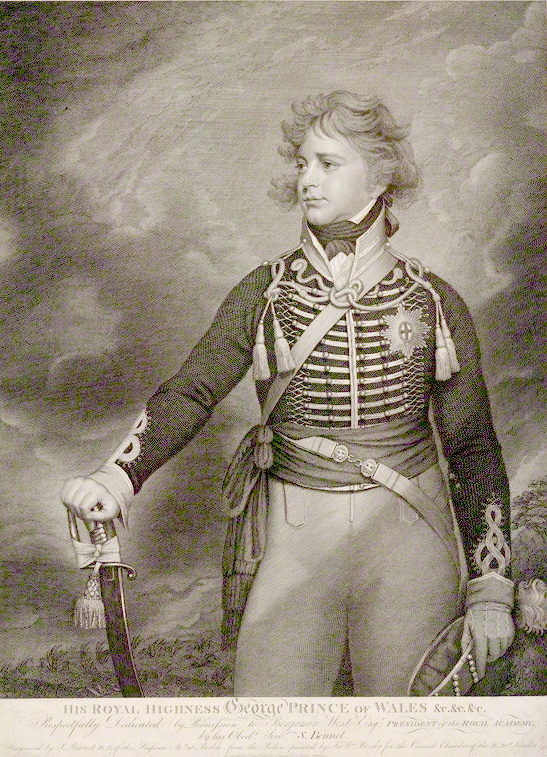by Susan Flantzer
© Unofficial Royalty 2020

Unknown woman engraved as Jane Shore by Francesco Bartolozzi, published by Edward Harding, after Silvester (Sylvester) Harding, stipple engraving, published 1 May 1790 NPG D24103 © National Portrait Gallery, London
Edward IV, King of England had numerous mistresses but the most famous was Jane Shore. Born in London, England circa 1445 as Elizabeth Lambert, she was the daughter of John Lambert, a wealthy merchant, and his wife Amy Marshall. Some sources say she later took the name Jane for unknown reasons. Other sources say she was never called Jane during her lifetime and that the name was an invention of Thomas Heywood, 17th-century playwright and author because her real first name was omitted and then forgotten by authors. Regardless of the truth, she has come to be known as Jane Shore, Shore being her married name. Sir Thomas More, lawyer, social philosopher, author, and statesman, wrote about Jane in his History of Richard III. According to More, Jane had been fair of body though not tall. She was attractive to men more through her personality than her physical beauty, being intelligent, literate, merry, and playful.
As a young girl, Jane attracted many admirers, both for her beauty and intellect. Jane married William Shore (died 1494), a goldsmith and banker, who had been a frequent visitor to Jane’s home. Shore was fifteen years older than Jane, and although he was handsome and successful in business, he never could fully claim Jane’s affections. In 1476, Jane received an annulment of her marriage due to Shore’s impotence which had prevented the couple from having children.

King Edward IV, the first monarch of the House of York, by Unknown English artist, oil on panel, circa 1540, NPG 3542 © National Portrait Gallery, London
According to the Patent Rolls for December 4, 1476, Jane and King Edward IV began their relationship in 1476. Edward was particularly devoted to Jane and Jane had a great influence on Edward. Jane did not use her relationship with the king for her personal gain and official documents show that Edward IV did not bestow gifts upon her. In his History of Richard III, Sir Thomas More wrote of Jane, “Where the king took displeasure, she would mitigate and appease his mind; where men were out of favour, she would bring them in his grace; for many that highly offended, she obtained pardon.” Their relationship lasted until King Edward IV’s early death on April 9, 1483, a few weeks before his 41st birthday. His cause of death is not known for certain. Pneumonia, typhoid fever, malaria, poison, and an unhealthy lifestyle are some possibilities.
It appears that Jane was also the mistress of William Hastings, 1st Baron Hastings, a close friend of King Edward IV, whom he served as Lord Chamberlain, and Thomas Grey, 1st Marquess of Dorset, the eldest son of Elizabeth Woodville, wife of King Edward IV, and her first husband Sir John Grey of Groby.
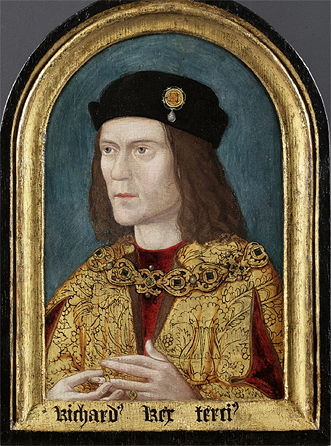
Richard III, King of England; Credit – Wikipedia
Jane played a role in creating an alliance between William Hastings, 1st Baron Hastings and Elizabeth Woodville’s family during the time Richard, Duke of Gloucester (the future King Richard III), King Edward IV’s brother, served as Lord Protector of his young nephew King Edward V, the son of Edward IV and Elizabeth Woodville. The Duke of Gloucester moved to keep the Woodville family from exercising any power. Jane Shore was accused of carrying messages between Hastings and Edward IV’s widow Elizabeth Woodville. It was because of her role in this alliance that Jane was charged with conspiracy, along with Hastings and the Woodvilles, against the Lord Protector’s government. William Hastings, 1st Baron Hastings eventually lost his head as did Anthony Woodville, 2nd Earl Rivers, Elizabeth Woodville’s brother, and Sir Richard Grey, Elizabeth Woodville’s son from her first marriage.
Richard, Duke of Gloucester had his young nephews, King Edward V and Richard, Duke of York, taken to the Tower of London, declared illegitimate, and then, he succeeded to the throne as King Richard III. At the end of the summer of 1483, the two boys, known as The Princes in the Tower, disappeared from public view altogether. Their fate is unknown and remains one of history’s greatest mysteries.
Jane’s punishment for her conspiracy included a public penance at Paul’s Cross, a preaching cross and open-air pulpit on the grounds of Old St Paul’s Cathedral in London, England. Jane proceeded through the streets of London with a candle in her hand, dressed only in her kirtle, a one-piece undergarment similar to a slip, attracting a lot of male attention along the way. Jane’s public penance is widely believed to be the inspiration behind Queen Cersei’s walk of atonement in the novel series and television series Game of Thrones.

The Penance of Jane Shore in St Paul’s Church, c.1793 by William Blake; Credit – Wikipedia
After her public penance, Jane was sent to Ludgate Prison in London, England. While at Ludgate Prison, Jane captivated Thomas Lynom, Solicitor-General of England. Lynom decided to marry, Jane believing that he would be able to free her from prison and Richard III did pardon Jane at the request of Lynom. The two married and had a daughter. In August 1485, when Henry Tudor defeated King Richard III at the Battle of Bosworth Field and succeeded to the throne as King Henry VII, Lynom lost his position as Solicitor-General of England. However, under King Henry VII, Lynom served on the Council of Wales and the Marches and was the controller of the household of Henry VII’s eldest son Arthur, Prince of Wales at Ludlow Castle.

Church of St. Nicholas in Hinxworth, Hertfordshire, England; Credit – By Rodney Burton, CC BY-SA 2.0, https://commons.wikimedia.org/w/index.php?curid=9165187
Jane and Thomas Lynom lived the rest of their lives in comfort and Jane even became friends with Sir Thomas More who admired her wit. Jane died, aged around 82, in 1527, during the reign of King Henry VIII. She was buried in the churchyard at the Church of St. Nicholas in Hinxworth, Hertfordshire, England.
This article is the intellectual property of Unofficial Royalty and is NOT TO BE COPIED, EDITED, OR POSTED IN ANY FORM ON ANOTHER WEBSITE under any circumstances. It is permissible to use a link that directs to Unofficial Royalty.
Works Cited
- En.wikipedia.org. 2020. Jane Shore. [online] Available at: <https://en.wikipedia.org/wiki/Jane_Shore> [Accessed 24 July 2020].
- Flantzer, Susan, 2016. King Edward IV Of England. [online] Unofficial Royalty. Available at: <https://www.unofficialroyalty.com/king-edward-iv-of-england/> [Accessed 24 July 2020].
- Ru.wikipedia.org. 2020. Шор, Джейн. [online] Available at: <https://ru.wikipedia.org/wiki/%D0%A8%D0%BE%D1%80,_%D0%94%D0%B6%D0%B5%D0%B9%D0%BD> [Accessed 24 July 2020].
- Sparkes, Abagail, n.d. Jane Shore – Historic UK. [online] Historic UK. Available at: <https://www.historic-uk.com/HistoryUK/HistoryofEngland/Jane-Shore/> [Accessed 24 July 2020].


